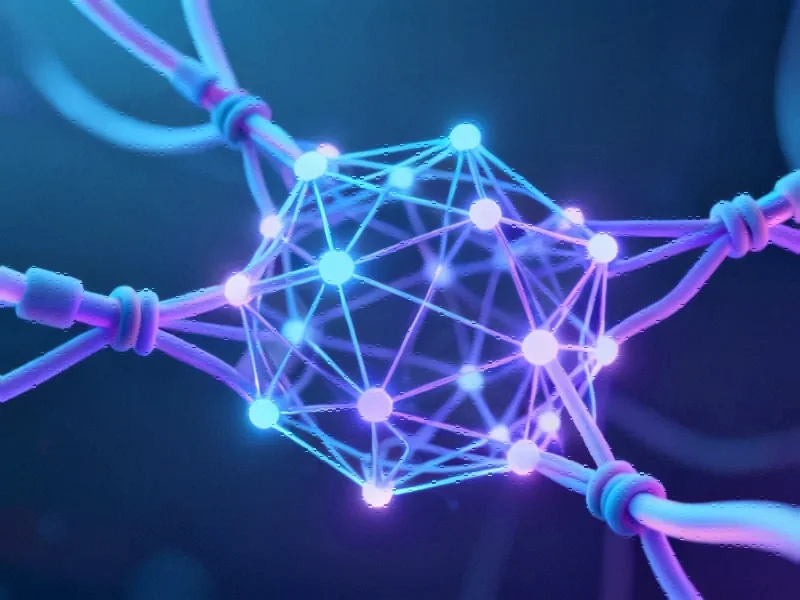According to Forbes, finance company Klarna learned an expensive lesson about AI agents after pursuing aggressive automation that led to rehiring human workers months later. McKinsey’s analysis of over 50 AI agent implementations found that successful companies automate specific tasks within redesigned workflows, while those attempting wholesale job elimination often fail. Swedish finance company Gilion demonstrates the successful approach, deploying 82 different AI agents working within a MECE (mutually exclusive, collectively exhaustive) framework to transform investment analysis. The company’s co-founder Henrik Landgren noted that generative and agentic AI capabilities have “exponentially improved” their product experience in just the past six months, creating an interactive investment memo built by an army of specialized agents. This evolving landscape suggests companies must rethink their approach to avoid costly automation mistakes.
The Coming Market Correction in AI Implementation
What we’re witnessing is the early stages of a major market correction in enterprise AI strategy. Companies that rushed to replace human roles with AI agents are discovering what experienced automation specialists have known for decades: technology works best when it augments human capabilities rather than attempting wholesale replacement. The pattern emerging from McKinsey’s analysis reveals that successful implementations focus on task-level automation within redesigned workflows. This represents a fundamental shift from the “AI will replace jobs” narrative that dominated early adoption cycles toward a more sophisticated understanding of human-machine collaboration.
The Strategic Advantage of Task-Centric Design
Companies like Gilion that build their operations around what machines do well are creating sustainable competitive advantages. Their 82-agent system represents a fundamentally different approach than simply automating existing analyst roles. By breaking investment analysis into mutually exclusive tasks, they’ve created a system that’s both more comprehensive and more adaptable than human-only or AI-replacement models. This task-centric design allows for continuous improvement – individual agents can be upgraded or replaced without disrupting the entire system, something impossible when attempting to replicate complex human roles with monolithic AI solutions.
The Implementation Challenge for Established Companies
For legacy organizations, the transition to effective AI agent implementation presents significant structural challenges. Unlike startups that can design processes from scratch around AI capabilities, established companies must navigate existing workflows, organizational structures, and employee expectations. The Klarna example illustrates the costly cycle many will face: aggressive automation leading to capability gaps, followed by expensive rehiring and process redesign. Companies that succeed will likely create dedicated AI integration teams focused on identifying specific tasks suitable for automation while preserving human oversight where judgment, creativity, and relationship management matter most.
Investment Implications and Market Opportunities
The shift toward task-based automation creates significant opportunities across multiple sectors. Companies developing specialized AI agents for specific business functions – financial analysis, customer service triage, quality control – will likely outperform those offering generic “job replacement” solutions. Similarly, consulting firms that help organizations redesign workflows around AI capabilities rather than simply implementing off-the-shelf automation tools stand to capture substantial market share. The most successful implementations will likely come from companies that treat AI agents as specialized tools in a broader toolkit rather than silver bullet solutions.
The Future of Human-AI Collaboration
Looking forward, we’re likely to see the emergence of hybrid roles where humans manage teams of AI agents rather than performing individual tasks. Gilion’s approach of having agents report to parent managers mirrors this emerging organizational structure. As AI capabilities continue advancing, the most valuable human skills will shift from task execution to agent orchestration, quality assurance, and strategic oversight. Companies that successfully navigate this transition will create more resilient, adaptable organizations capable of leveraging both human creativity and machine efficiency – a combination far more powerful than either approach alone.




